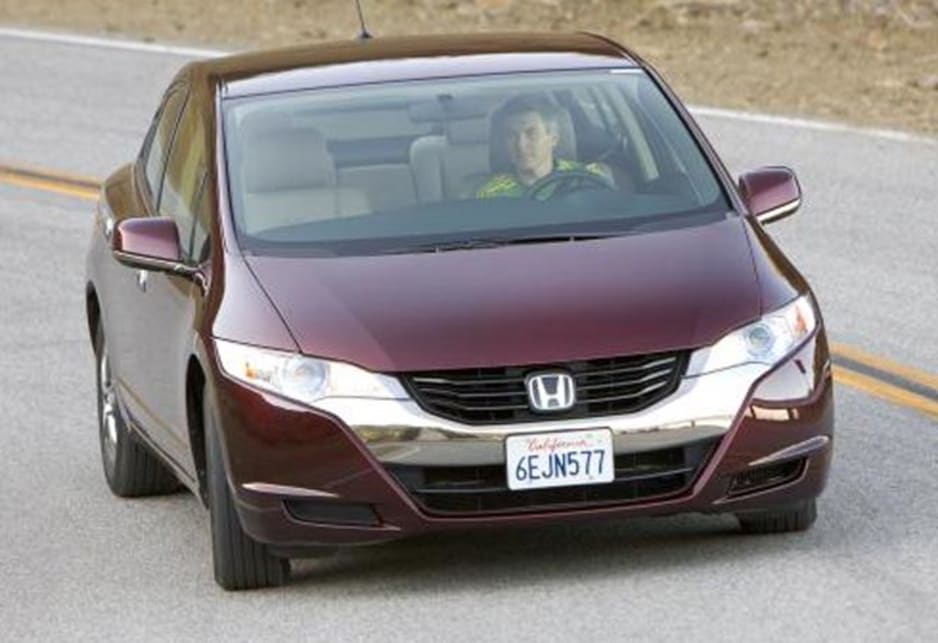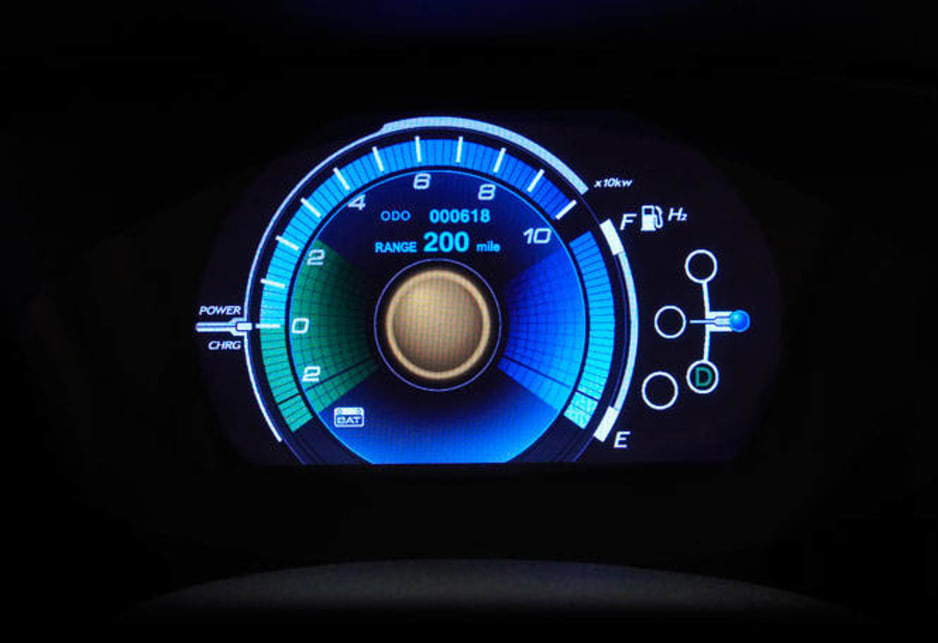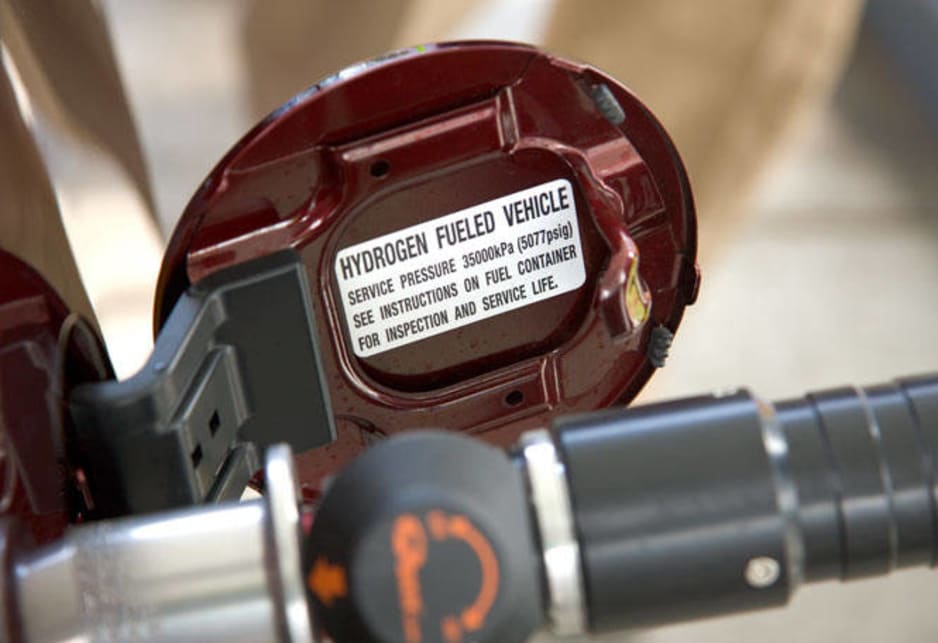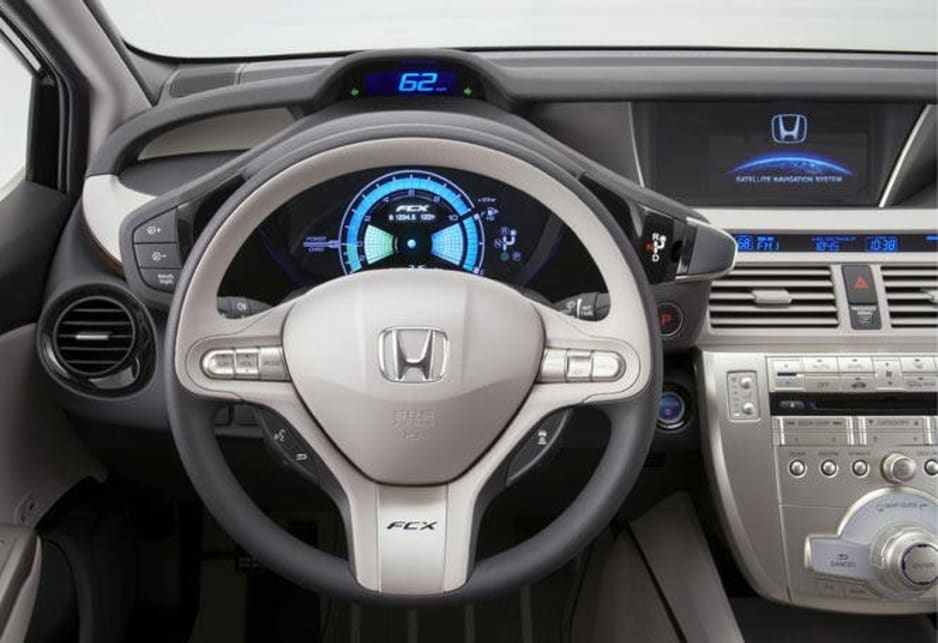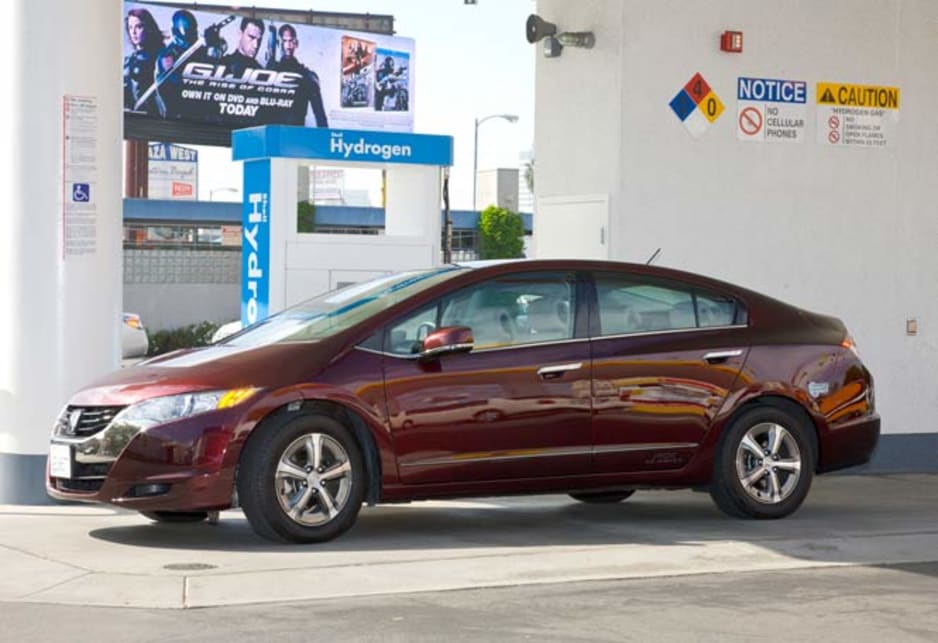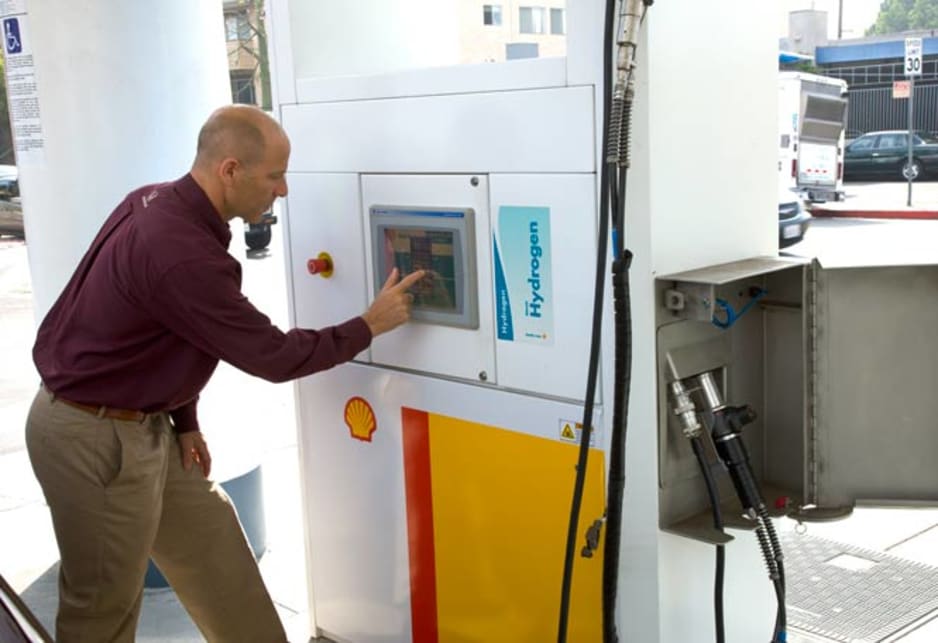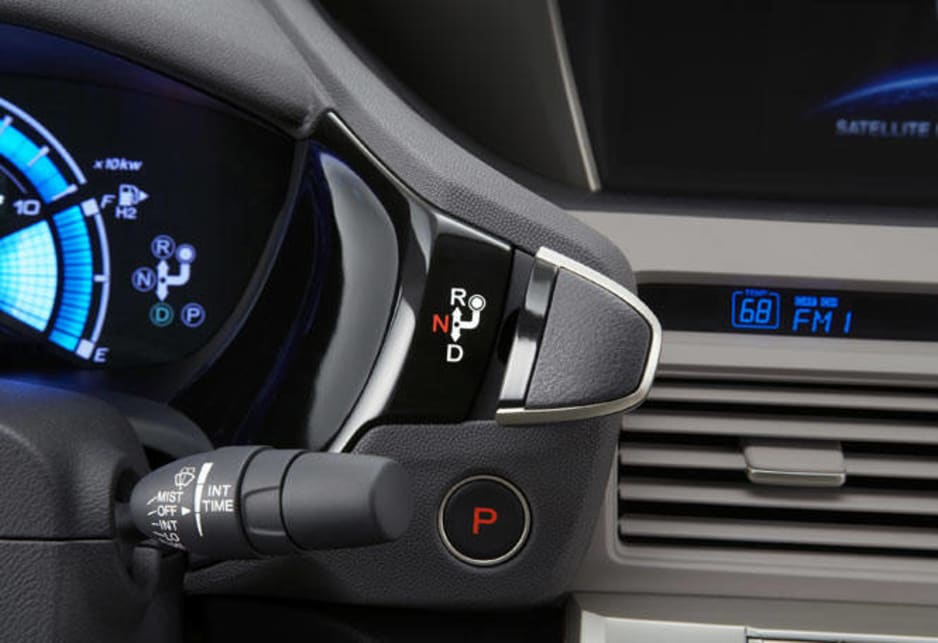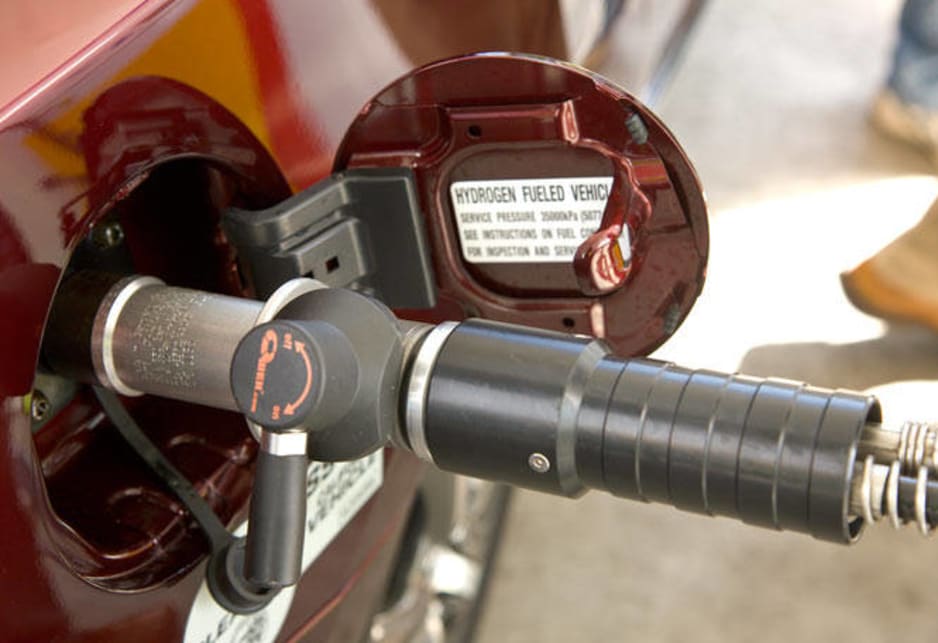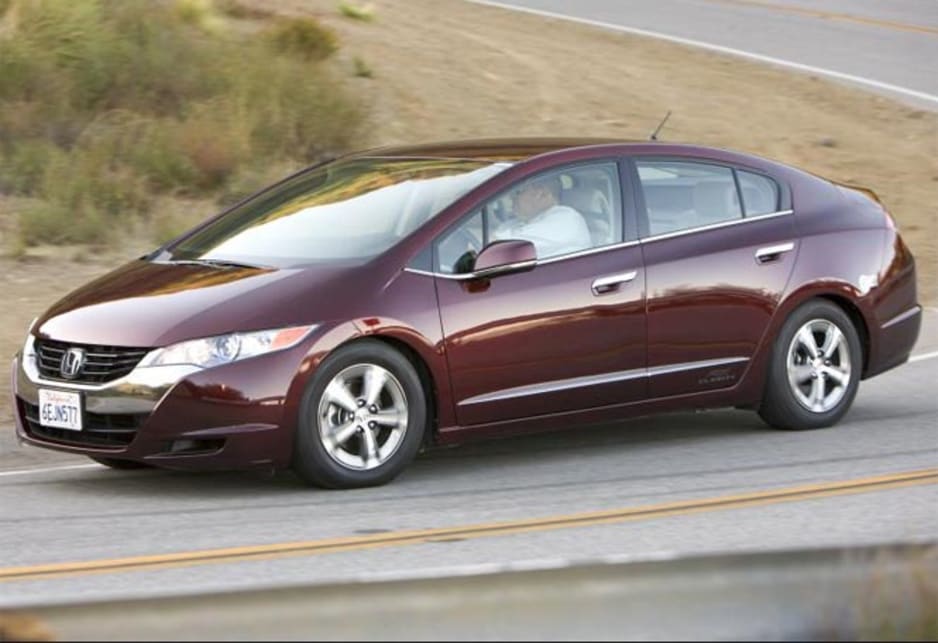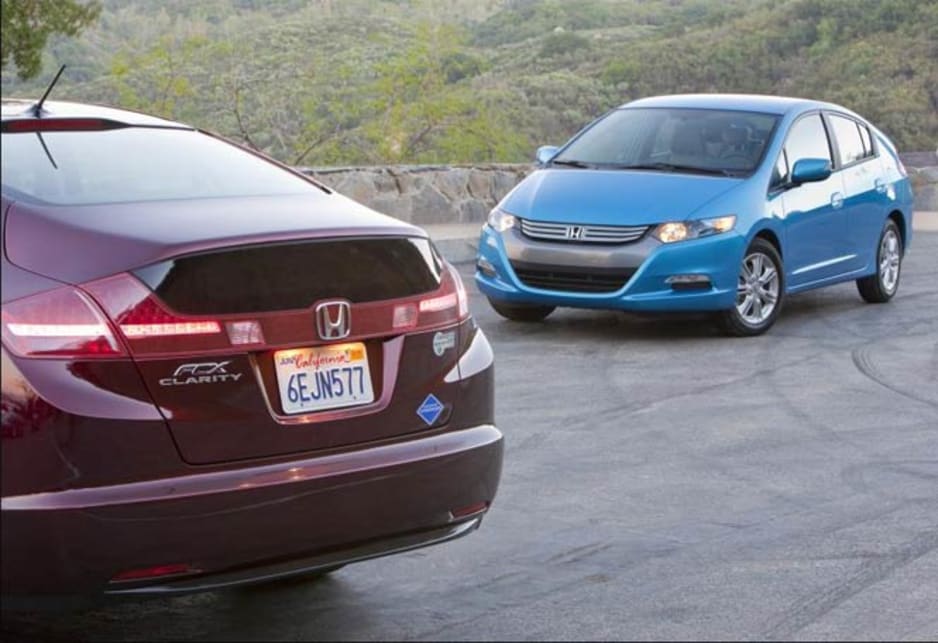
Honda FCX Clarity 2010 Review
Would you pay $17 per 100km at the bowser? You might, if it’s 2020 and petrol or diesel cost that much – or more. And you also might, if it’s the slick, hydrogen-fuelled Honda FCX Clarity you’re driving.
The Clarity is Honda’s semi-production venture into the hydrogen fuel-cell field. The plan is to eventually build 200, with about 50 of those already on the road.
Many of those are in California, where they are leased at US$600 a month. But that figure is mainly to cover insurance and periodic maintenance. Honda won’t say what the vehicles cost each, but with the program development costs taken into account, estimates range as high as US$2 million.
However by 2020, the carmaker plans to have vehicles for sale based on the Clarity’s technology – for much less than the cost of the current car. “The price of a fuel cell car will drop by 77 per cent by 2015 across brands,” says Honda advanced technology senior engineer Thomas Brachmann. “The price of a fuel cell car should be no more than a conventional car (by then).”
And by that time, the price of hydrogen fuel may be more palatable, says Honda Australia senior director Lindsay Smalley. “The price of petrol could be the equivalent price to hydrogen by 2020,” he says.
Smalley believes that increased roll-out of hydrogen infrastructure will drop the fuel’s price in real terms, while the prices for fossil fuels will increase. “Today it’s $17 worth of hydrogen for a 100km versus maybe $10 for petrol per 100km. By 2020, it could be $17 for hydrogen and $20 for petrol.”
Hydrogen fuel-cell system
The car's front wheels are driven by an electric motor powered by a compact, very efficient lithium-ion battery, which is charged by the hydrogen fuel cell stack.
The hydrogen tank – which automatically closes its valve in a crash – contains 4kg of fuel that gives a range of about 410km. The hydrogen is compressed to 350 bar, which Brachmann says makes it less prone to seepage than the higher pressures of early fuel cells technology – and than the 700 bar hydrogen being used in Europe by Mercedes-Benz and other brands.
He also says there is little efficiency gain in the higher-compressed approach. “If we change our tank system from 350 bar to 700 bar we are increasing our efficiency by one mile (per kg) – why would we do this?” he asks?
The fuel cell itself has also become smaller and more powerful since the first stack in 1999, shrinking from 1341cc and 202kg to 521cc and 67kg, while boosting its output from 60kW to the 100kW of the Clarity – although torque has decreased from 272Nm to 256Nm.
Fuel economy comparison
The Clarity gets 117km/kg of hydrogen, which Brachmann says in terms of energy density would equal about 2.8 litres/100km in diesel or 3.2L/100km in petrol.
But the pump price is much higher, with hydrogen close to 10 euro ($17) per kg, compared with the $34-6 cost in conventional fuel for the same 100km – if you had a car that used just 2.8L/100km of diesel, that is.
How do you refill it?
At Frankfurt’s busiest servo, we pulled the Clarity up to the hydrogen pumps – 350 bar, 700 bar and liquid (which Brachmann dismisses as ‘BMW’s interesting experiment’). It’s essentially the same as filling a conventional tank, except that the nozzle locks into and seals off the opening.
However, rolling out the refuelling infrastructure is taking time and investment, and there are still decisions to be made about which of the three formats will reign – and about the best way to produce the fuel.
Hydrogen is the most common element, and while it is a green fuel in terms of emissions, it currently takes a lot of fossil fuel to produce it. The solutions being explored involve using crop by-products and solar energy for production, reducing the ‘well to wheel’ fuel cost.
Driving
The Clarity is proof that green driving can be exciting. At 1625kg, it’s about the weight of a Honda Accord (although sharper looking) and it darts off the line without any sign of effort.
The throttle control is 'drive-by-wire', and the gearbox is a 'shift-by-wire', both of which make for smooth progress without any really perceptible acknowledgement... you just go faster.
Top speed is officially 160km/h – which will only be too slow if you live with Germany’s open-speed autbahns – and the urge doesn’t seem to back off as the speedo climbs higher.
It’s quiet at the start, but pushing the acceleration produces an other-worldly electronic whine; a surprisingly delicious sound and a thoroughly 21st Century one, at that.
The instruments are similarly uber-tech, with brightly-coloured 3D graphics, at the centre of which an illuminated globe changes colour as your driving improves.
But buttons and controls thankfully all look pretty conventional. And the interior fit-out is genuinely prestige, with upmarket two-tone dash finishes – and an interesting fabric made from corn – laid out to emphasise space and the airiness lent by the huge amount of front and side glass.
Ride quality is superb, and with great direct steering and admirable handling added in, it was hard even during our short drive not to fall in love with the car. It looks great, is comfortable, drives well and could help save the planet. There’s really nothing not to like. Except for that $17/100km running cost.


